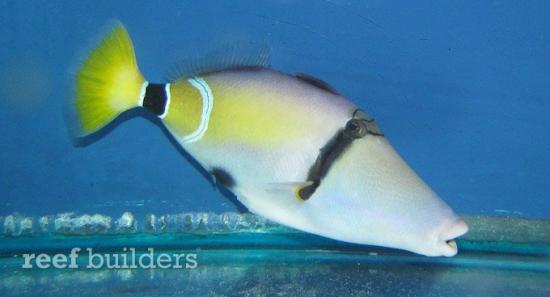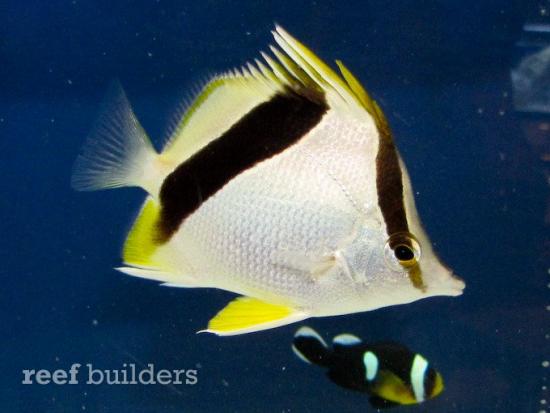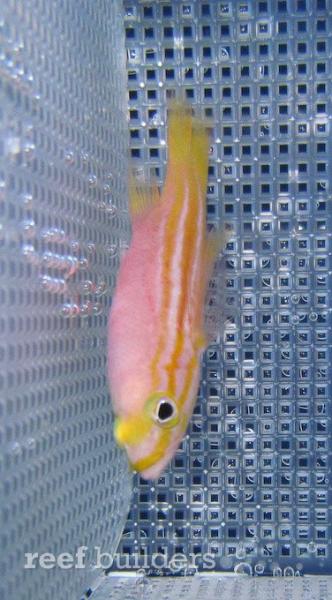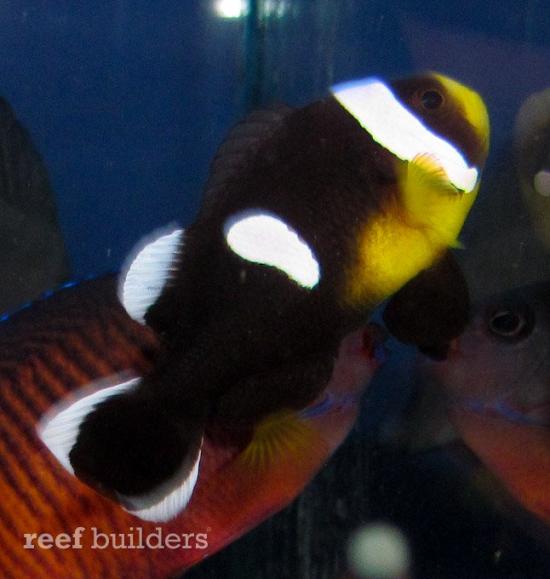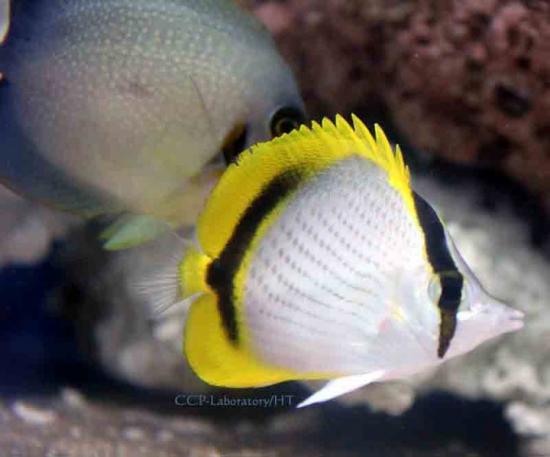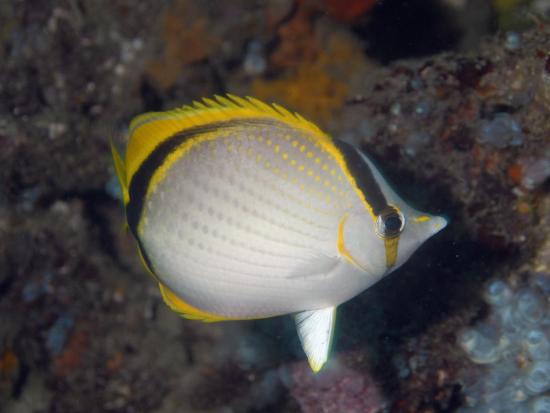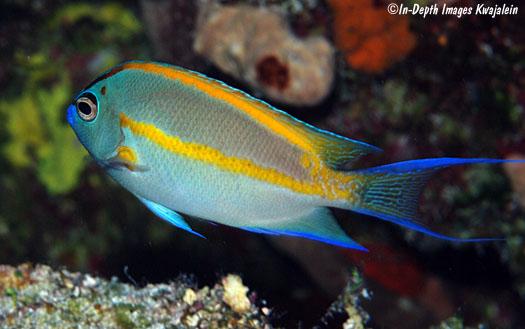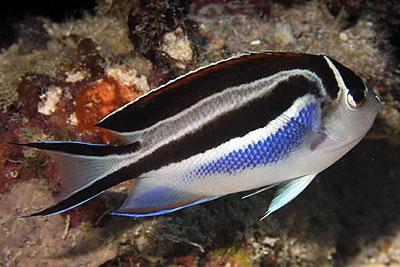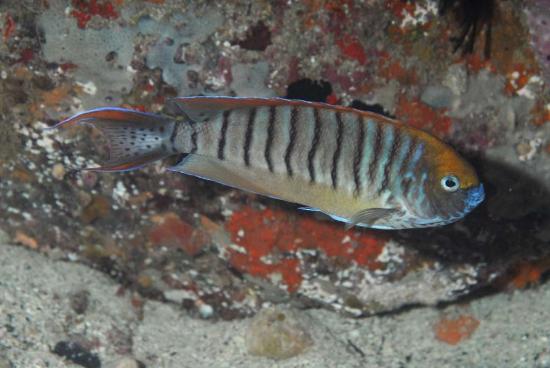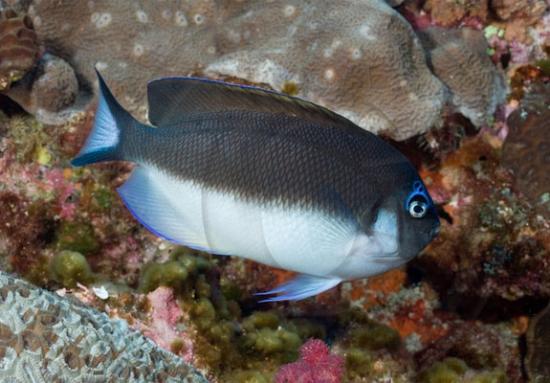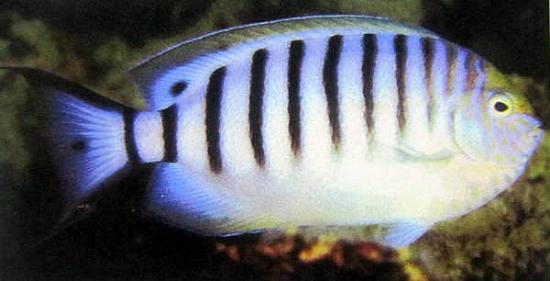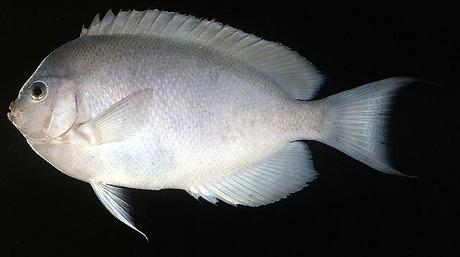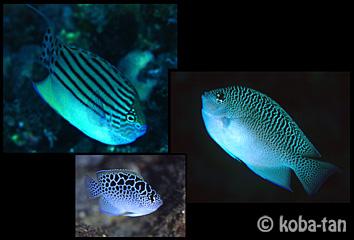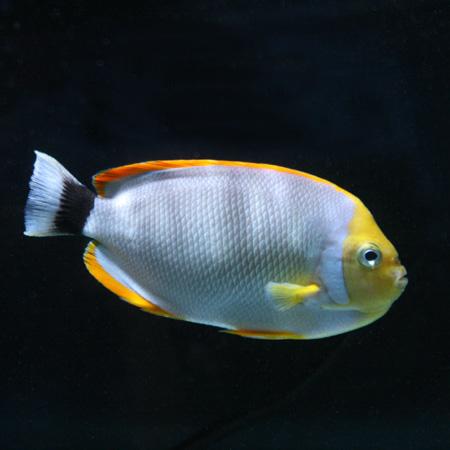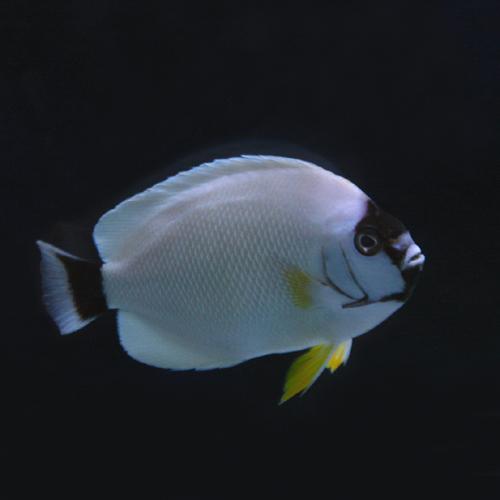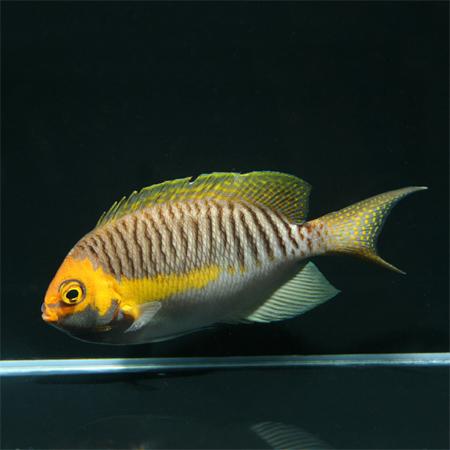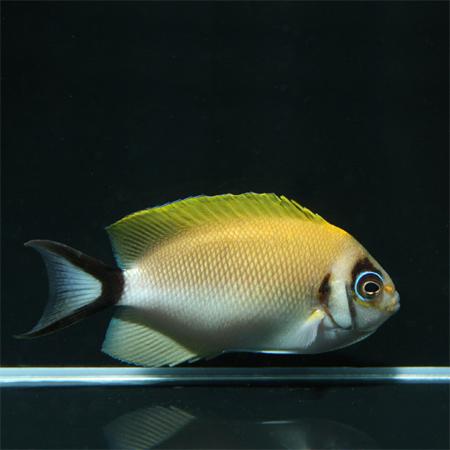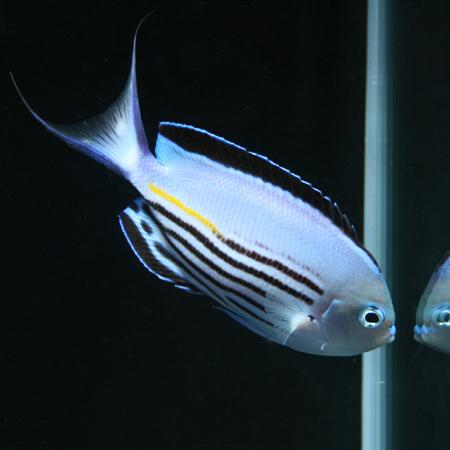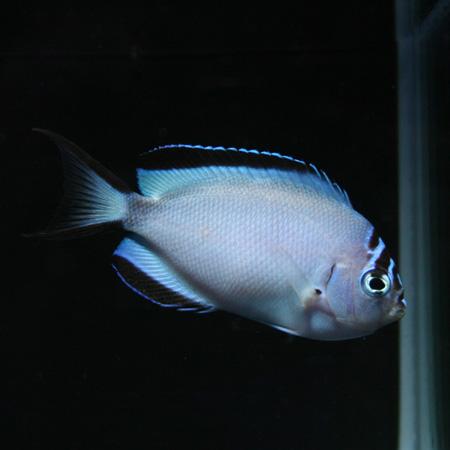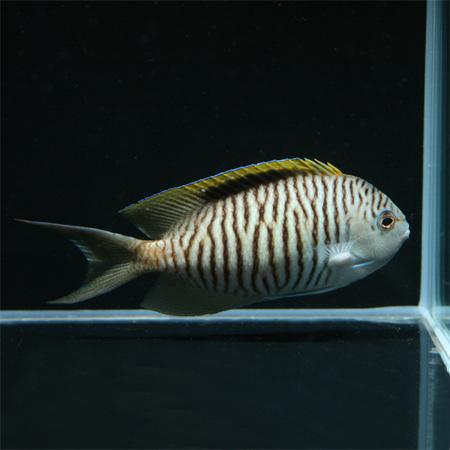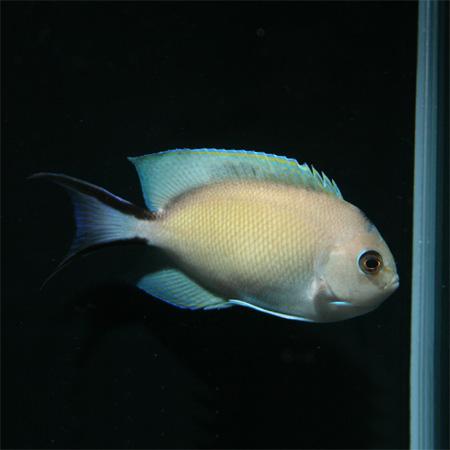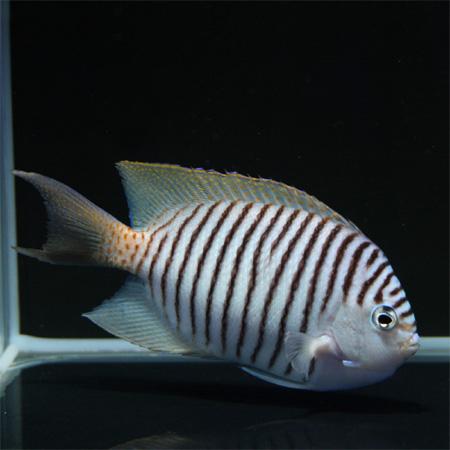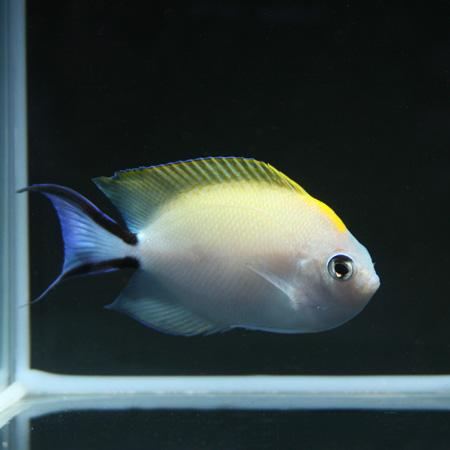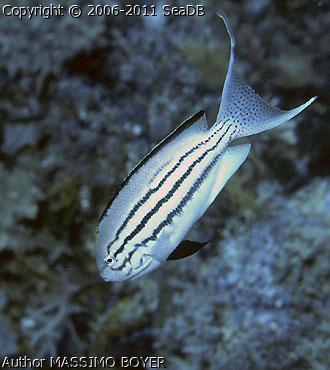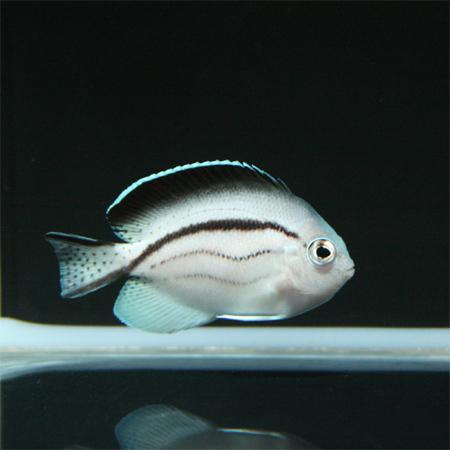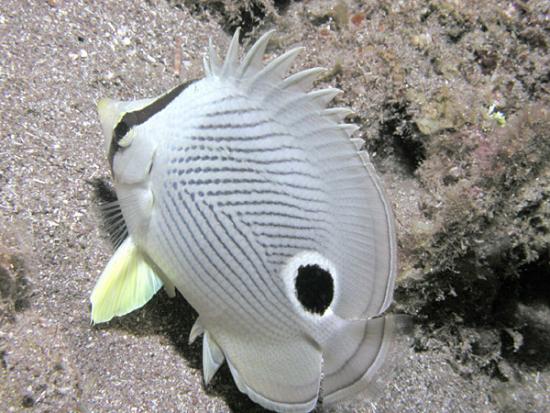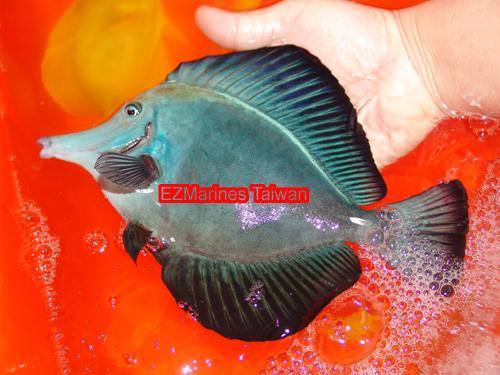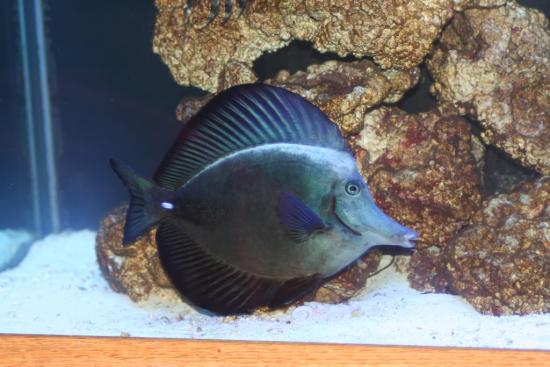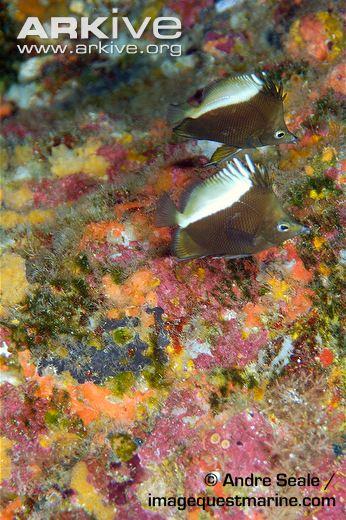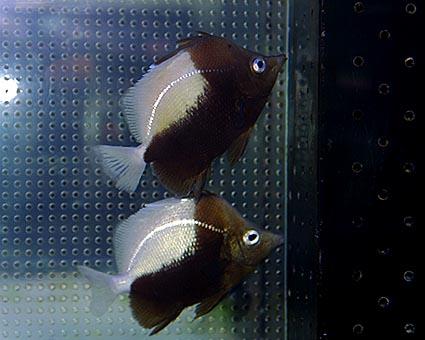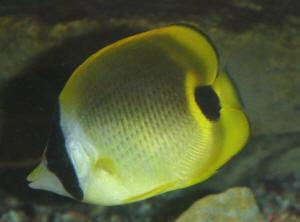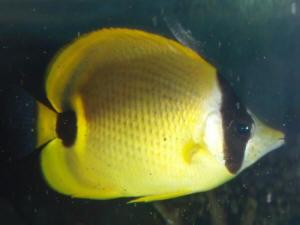-
Posts
16,553 -
Joined
-
Last visited
-
Days Won
29
Content Type
Profiles
Forums
Gallery
Everything posted by yikai
-

OMG! Look at these hybrids and rare fishes!
yikai replied to Digiman's topic in FOWLR (Fish-only with Live-rock)
confirm will go back to female. -

OMG! Look at these hybrids and rare fishes!
yikai replied to Digiman's topic in FOWLR (Fish-only with Live-rock)
keeping a pair may not even be ideal! sometimes males will still undergo reverse sex change back to females even when kept in a pair. artificially formed pairs from lfs usually do not work. that is why the best way to get a male and retain the male is to get a group of females and let one of the female sex change into a male. the social interaction and heirachy status is solid and cemented this way. keeping a single male will 100% revert back to female. the only thing is when. sometimes immediately after a few days, or sometimes after a few weeks. however, sometimes if you keep just one female, the female will sex change into a male as it dominates every other fish in the tank. that's the only way you can get a male without keeping it with a female. -

OMG! Look at these hybrids and rare fishes!
yikai replied to Digiman's topic in FOWLR (Fish-only with Live-rock)
u hear from where? got news about selene meh? -

OMG! Look at these hybrids and rare fishes!
yikai replied to Digiman's topic in FOWLR (Fish-only with Live-rock)
house of fins rare fish sale! can u ID all of them? also have gem tang but i never update the photo. -

OMG! Look at these hybrids and rare fishes!
yikai replied to Digiman's topic in FOWLR (Fish-only with Live-rock)
red sea and gulf of aden. but sri lanka also have. not very deep water. 15m-91m but fishbase list around 20m. shouldnt be as ex as $400 omg. selene can be found in indonesia. 20m-50m according to fishbase. but also never see them here. here's dr. tanaka's 5cm selene. cheap and very hardy according to him. eats everything including flakes. -

OMG! Look at these hybrids and rare fishes!
yikai replied to Digiman's topic in FOWLR (Fish-only with Live-rock)
-

OMG! Look at these hybrids and rare fishes!
yikai replied to Digiman's topic in FOWLR (Fish-only with Live-rock)
yes. all born as juveniles that will eventually grow to females only. then female to male depending on situation. -

OMG! Look at these hybrids and rare fishes!
yikai replied to Digiman's topic in FOWLR (Fish-only with Live-rock)
my fav of the unobtainable one. but not overall fav. v v nice! -

OMG! Look at these hybrids and rare fishes!
yikai replied to Digiman's topic in FOWLR (Fish-only with Live-rock)
ahh forgot to add Genicanthus bellus! it's availability should be inbetween caudovittatus and watanabei males are differentiated by females easily. males have two orange stripes while females have black horizontal bars and a blue stripe. to be honest, male bellus are not very popular in the trade but as you can see here, wild full grown males are stunning! -

OMG! Look at these hybrids and rare fishes!
yikai replied to Digiman's topic in FOWLR (Fish-only with Live-rock)
the next unobtainable genicanthus. Genicanthus semicinctus! A gorgeooousss species! the female is by far the most unique -

OMG! Look at these hybrids and rare fishes!
yikai replied to Digiman's topic in FOWLR (Fish-only with Live-rock)
Genicanthus spinus is also one of the 3 super unobtainable ones. females are so unique! they are pure white with no other colour. -

OMG! Look at these hybrids and rare fishes!
yikai replied to Digiman's topic in FOWLR (Fish-only with Live-rock)
and here are the remaining unobtainable genicanthus angels. there are 3 that are unobtainable. starting with G. takeuchi. there has been accounts of them being illegally caught and sold before though. juveniles are the most gorgeous which are blue with big leopard spots. as they grow into females, the spots break up and become tiny stripes and spots. males are large with stripes and a spotted tail. by far the ugliest species IMO, as adults. -

OMG! Look at these hybrids and rare fishes!
yikai replied to Digiman's topic in FOWLR (Fish-only with Live-rock)
and now the least common genicanthus in the hobby, Genicanthus personatus. extremely rare and deepwater hawaii. only less than 10 accounts of them entering the hobby. each specimen can be sold up to an excess of $10k USD. it is unique in having a thicker body profile. females have a black mask and white pelvic fins. males have an orange mask and orange pelvic fins. * the female shown in this picture is transitioning to a male, as can be seen by the developing yellow pelvic fins and the fading black mask -

OMG! Look at these hybrids and rare fishes!
yikai replied to Digiman's topic in FOWLR (Fish-only with Live-rock)
the 5th most common species, which is very rare, is Genicanthus semifasciatus. This fish is seasonal! How to differentiate males from females? very obvious! the female form is commonly confused with the female form of melanospilos. female semifasciatus angels have a black mask while melanospilos do not. also, the two black tail filaments are joined in semifasciatus, but unjoined in melanospilos. -

OMG! Look at these hybrids and rare fishes!
yikai replied to Digiman's topic in FOWLR (Fish-only with Live-rock)
4th most common genicanthus, is Genicanthus watanabei. we are now bordering on the rare-zone for this genus. hwo to differentiate male and female? very obvious! -

OMG! Look at these hybrids and rare fishes!
yikai replied to Digiman's topic in FOWLR (Fish-only with Live-rock)
the 3rd most common Genicanthus is Genicanthus caudovittatus recently very rare, but nowadays getting very common and can be readily gotten from coral farm. due to the recent influx, it has now moved to number 3 in most common place, replacing G. watanabei. how to differentiate male and female? very easy. the more important question is how to differentiate them from the more common G. melanospilos? the females of caudovittatus are pale blue-white with a tinge of brown at the top part. female melanospilos are white-yellow. the males are a little more confusing. male caudovittatus have a thick black band on the dorsal fin, which males of melanospilos lack. -

OMG! Look at these hybrids and rare fishes!
yikai replied to Digiman's topic in FOWLR (Fish-only with Live-rock)
the next most common genicanthus, is Genicanthus melanospilos how to differentiate the males and females? well very obvious isn't it! -

OMG! Look at these hybrids and rare fishes!
yikai replied to Digiman's topic in FOWLR (Fish-only with Live-rock)
let's do a recap of all the obtainable genicanthus in the hobby ok? this photos are taken from this thread which have been posted before. starting with the most common, Genicanthus lamarck. male and female shown. how to differentiate the males and females? male lamarck angels have black pelvic fins. females have white. male larmacks have white tail filaments, while females have black. the top most bar in the female is bent downwards to merge with the lower tail filament. males have 3 straight bars that do not bend. males also have a little blue spot on the pectoral fin and females do not. in large males and females, a yellow spot can develop on the forehead. -
never heard of the pop eye being caused by hormone imbalance before. i've seen a few day to day accounts of morphing genicanthus but never seen pop eyes before so could not be. but anyway, it will take about 1 month for the morph to finish. or slightly longer. for watanabei, the start of morphing will be signs of stripes starting to form at the back. slowly they will spread down the belly. as it gets more male and matures more, the number of stripes will also start to increase. next to go will be the little black crown on the forehead that only females have. finally, the tail filaments will change from black to blue. once all this happens, the transformation from female to male is fully complete. making a log on the transformation process will be very interesting and you'll enjoy noting down the changes. you can use the above guide to track down. very cute. reverse sex change can happen if you artificially pair males and females yourself. so it's always good to start with females and wait for sex change to happen (like what you did). this method has a very low chance of reverse sex change. why this happens, i'm not sure. could be because the social interaction between females and females start out strong and then developing into a male will cement the pair and harem status, thus, preventing reverse change.
-

OMG! Look at these hybrids and rare fishes!
yikai replied to Digiman's topic in FOWLR (Fish-only with Live-rock)
cf that day got tiny juvenile. but i didn't buy. i think the adults are nicer. but it's one of those fish that i find nice but never keep. not special enough or not enough affinity to it that warrens me to buy and keep. just find it beautiful and unique. -

OMG! Look at these hybrids and rare fishes!
yikai replied to Digiman's topic in FOWLR (Fish-only with Live-rock)
i think capistratus butterflyfish is a very unique species. it's primarily grey and white and it's such a refreshing colour from the normally yellow and colourful butterflies. -
it's unlikely that the black tang was grown in captivity to that size. a 10inch black tang is hitting almost full grown size in the wild and fishes that are kept in captivity generally do not attain their max sized. that being said, it's not impossible and it has to be grown in an extremely huge tank and environment to replicate the wild. black tangs also sometimes are shipped in at huge sizes like 7 inch and 6 inch. so a 10 inch black tang is not impossible too. here's some really big black tangs. i too am curious to see a photo!!
-

OMG! Look at these hybrids and rare fishes!
yikai replied to Digiman's topic in FOWLR (Fish-only with Live-rock)
saw that coral beauty today. 95% normal. -

OMG! Look at these hybrids and rare fishes!
yikai replied to Digiman's topic in FOWLR (Fish-only with Live-rock)
2 very rare and beautiful butterflyfishes. Prognathodes obliquus and Prognathodes dichrous oblique butterflyfish and the hedgehog butterflyfish -

OMG! Look at these hybrids and rare fishes!
yikai replied to Digiman's topic in FOWLR (Fish-only with Live-rock)


